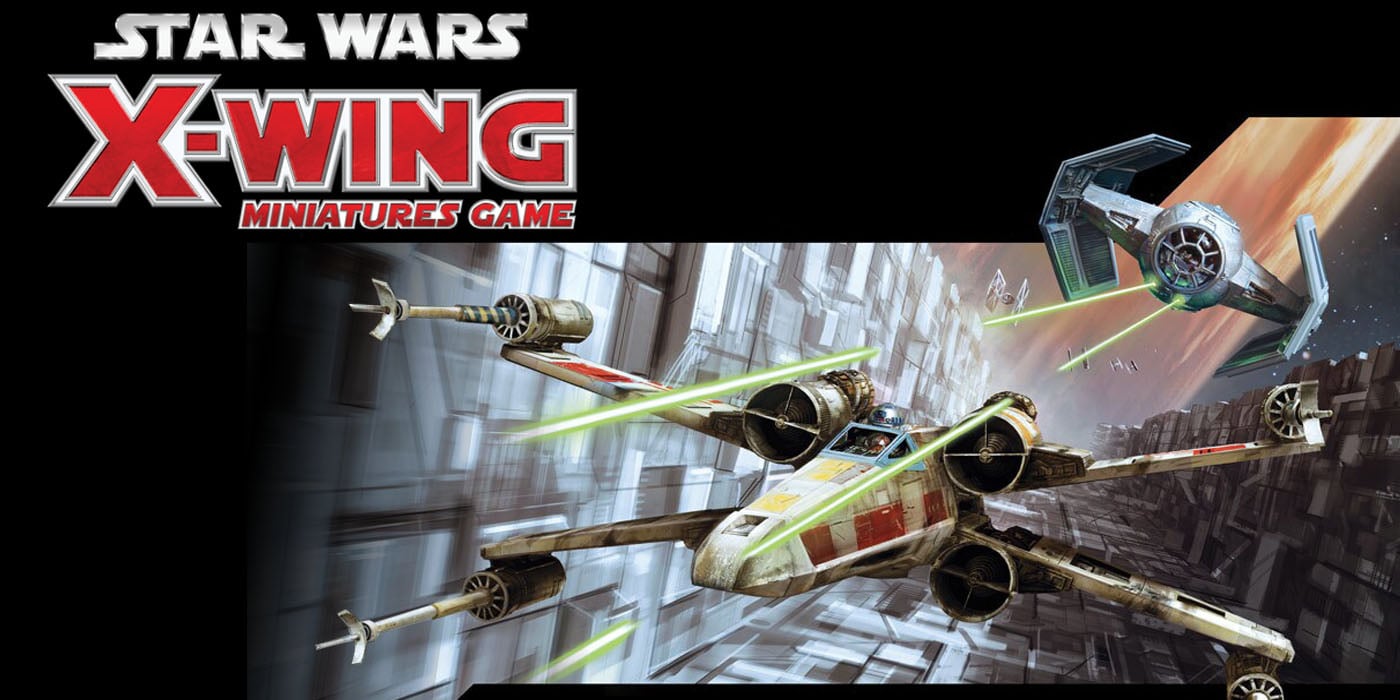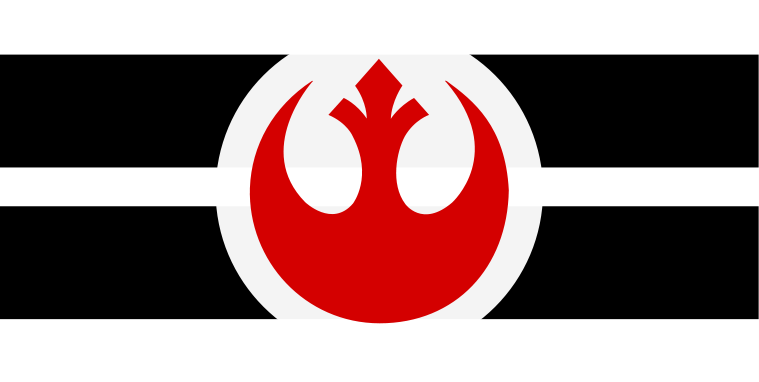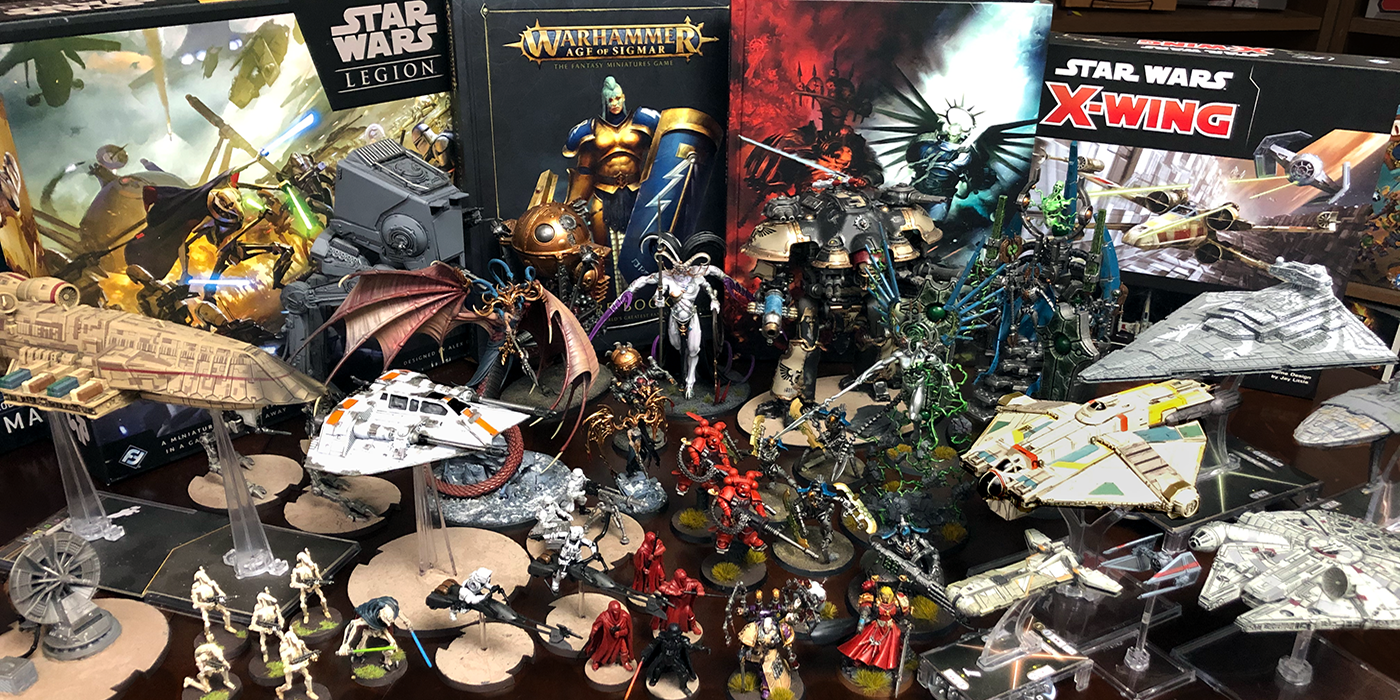X-Wing: Worlds 2018 Meta-Analysis – Rebels & Empire

With all the excitement about buzz about X-Wing 2.0–and I’m feeling it as much as anyone—it’s easy to forget that we just went through Worlds.
The announcement of the new edition completely swamped the year’s biggest competition. (Hey, FFG, maybe do things in the other order next time?) That news makes any 1.0 discussion seem positively passé.
1.0’s Final Meta
Nevertheless, I see some value in going through with my annual Worlds meta-analysis. It’s not necessarily because we expect to see these things again. In fact, a number of the key strategies we’ll see won’t work at all in a few months. No, the point here is put a stake in the ground, to give us a marker of where the game was in the last days of 1.0. We can see this year’s Worlds as the ultimate evolution of 1.0, the embodiment of its most extreme tendencies. Perhaps in examining it we can see what made 2.0 necessary. Indeed, by doing so we can come back in a year and check 2.0’s success in accomplishing its goals. How can we appreciate where 2.0 takes us if we don’t know where we’ve been?
Let’s put a bow on 1.0 by diving deep on its last hurrah.
As usual, all cards referenced can be found on Yet Another Squad Builder–and, boy, the days are numbered where I–ll be using that disclaimer! Soon it’ll just be snarky comments like, “And if you can’t remember what that card does, look on yer app, ya lazy git!”
Rebels Revitalized
The hallmarks of the Rebel cause have long been teamwork and defense, and those capabilities reached a fever pitch this year. Even the old Biggs-centric Fair Ship Rebel lists seem fragile in comparison—and the result was a flood of Rebels on the top tables.
In this year’s sample, we have lists for 42 out of the top 69 players—those that managed at least six wins during Swiss. (It’s an unusually low rate of reporting… almost as if people decided they didn’t need to report with 2.0 visible!) Out of those 42 lists, an astonishing 27 of them were Rebels. That’s two Rebels lists for every non-Rebel—an unprecedented level of faction primacy. Even the heyday of Jumpmasters had a more even distribution.
The most common ship was the humble Sheathipede shuttle (21 appearances in 27 lists). In an era when other five-health and two-attack ships have been all but scared off of tables, the Sheathipede has… is “dominated” the right word for a support ship? It feels strange to say. Most of our vocabulary is of the violent, lays-waste-to-the-opposition-and-salts-the-Earth variety, and that’s just not what the Sheatipede does. What it does do is debilitate the enemy while providing invaluable support to other ships.
The builds aren’t much different from what we detailed in our first evaluation of the Mighty Mite. First up is Ezra using R3-A2 and Snap Shot to dish stress out to enemies all willy-nilly. Sure, you lose actions forever and ever, but this doesn’t hurt Ezra’s defense at all (thanks to his pilot ability), with Hera Syndulla crew stress doesn’t hurt his dial, and frankly you weren’t counting on his offense anyway. This lets you freely dish 1-2 stress as long as he lives, including out the rear arc. Builds with Fenn Rau were a bit more variable, but nearly all included a pilot skill boost. Thanks to that, his coordinate actions allow medium-high PS pilots to fly like aces, shutting down enemy arc-dodgers or keeping themselves safe… or just loading up tokens for high-power jousting. The Sheathipede isn’t the most durable platform, but it gets an external survivability boost from Lowhhrick, the most popular single pilot (18 out of 27 lists!).
Low has demonstrated himself to be an extraordinarily powerful wingman. Anything that he can keep up with, he can make absurd. Attack his wingman and he’ll use his pilot ability and either Selflessness or Draw Their Fire to sustain them. Attack him directly and that Reinforce token and his nine (!) HP will keep him in the fight. Attack one ship to bait the Reinforce, then attack Low? Good job, now you’re spreading your firepower across the enemy squad and killing nothing.
Those two ships formed the core of almost all of the huge Rebel presence—the “Rebel bunker” lists. In many cases, they were paired with a shield-regenerating end-game nightmare. (What fun: you spend two-thirds of the game chewing your way through the Sheathipede and the wookie, and your reward is a final boss battle with 50-point Miranda. Joy.) In some cases they were part of four-ship formation lists. Sometimes one of the two was paired with a big ship for fun and profit: Low-Rey and Fenn-Ghost. They were rarely absent altogether: only one out of every nine Rebel lists used neither Low nor a Sheathipede.
Low’s weakness of having no ability to turn around is mitigated by having him in formation with rear-arc and turreted ships and/or stressors. The Sheathipede’s weak offense is mitigated by being such a high priority target that your heavy hitters can do their business unmolested. And even if the enemy can kill off both the Sheathipede and the wookie, that’s only about fifty points. In many cases, the third ship in the list can just opt to run from that point on and grind out a victory, since it’s holding so many of your list’s points in a so-called “points fortress”. (An artifact of a time-limited tournament setting!) It’s a potent mix indeed.
These ships have such an iron grip on the meta there’s barely room for much else. Perversely, the list has somehow dragged the average size of squads *upwards*. Here’s the average squad size over time for the past three Worlds:
2016: 2.6 ships/list
2017: 2.7
2018: 2.8
*Note: this counts the Ghost-Phantom combo as a single ship, as this is functionally the case the vast majority of the time.
As with 2017’s Mindlink-and-Palp-Aces meta, three ship lists made up the overwhelming majority of our sample, sticking the total squad size pretty close to that mark. In addition, the outliers have fallen away. No squad that made our cut had more than four ships, and only 5 even had four ships. Interestingly, two-ship lists were less common as well. This may partially be attributed to the suppressive effects of the Sheathipede. If fifty percent of your list is going to spend all game in stress hell, or have its offense nerfed by Fenn Rau, there’s not much of a list left to take up the slack. Notice the big ships that did make the cut: most don’t rely on tokens to do their job, and many aren’t too perturbed by stress. This isn’t a coincidence.
The prevalence of this list helped shape the other lists that made the cut. For starters, although this list has auxiliary arcs and turrets, it’s still primarily a jousting list that can be arc-dodged to good effect. As long as that’s true, there will be opportunities for a certain faction’s signature list.
Empire
Once again, Palp Aces leads the Empire’s charge, though to a lesser extent than in previous years—four out of 9 lists, and those four were the Empire’s top performers. Palpatine and Quickdraw were the most common components of Empire lists, and the two of them were frequently found together (three times). The logic is impeccable: the Emperor’s ability to dictate outcomes allows Quickdraw to stretch his shields as long as possible, maximizing the number of revenge shots he gets. The Inquisitor was also a very popular choice; his ability to hit hard at range, avoid confrontations he doesn’t want, and token up when cornered never goes out of style. It’s a brilliant complement to the more straightforward approach of the Lambda and /sf.
An interesting pair of developments characterized this evolution of Palp Aces. First is the turn towards Captain Yorr as the shuttle pilot as opposed to good old Omicron Group Pilot. The rationale for that is pretty straightforward: there are more stress effects around these days than in the earlier days of Palp Aces, and Yorr is a countermeasure to that.
Additionally, Quickdraw can’t quite whip around like Soontir and Defenders can; he has to S-Loop when he wants to, which crushes his action economy and dial. Yorr ameliorates that.
Second, and related: pilots have started shying away from Expertise on Quickdraw. It’s a devastatingly effective card for him, and it’s another reason to fly with Yorr. Even so, the number of stress effects is sufficiently high these days that some players opted for something else instead (usually VI).
Quickdraw was the Empire’s ace of choice, continuing a remarkable ascension for a pilot who was an afterthought at release and only started coming into his own last year. The big difference between release and now, of course, is Lightweight Frame, which hugely improved his survivability (which in turn also boosted his offense through more return shots). Whether it was intended for the /SF or not, LWF has made a huge difference to that ship’s fortunes.
The pressure of Sheath-Low reveals itself in other ways: the #1 Swiss finishing list featured a remarkable concession in the form of Lone Wolf Ryad. Though the Countess is nowhere near her prior popularity, what she offers against a Sheath-Low list is the ability to come out of jousts doing greens and modify her dice without tokens. Both of these are essential features for surviving this matchup.
There is another way to survive the matchup, and that’s to prey on its only other weakness… a weakness found by the faction that has suddenly become the hipster faction.
~Tomorrow we cover Scum & Villainy and some final X-Wing stats.







